Eat the "salt" of the salty radish -Sichuan Shujing Salt
Author:Institute of Physics of the Ch Time:2022.07.11
The people take food as the sky, the taste is the first, and the salt -sodium chloride, which not only gives the "China on the tongue" given the basic flavor at the taste feast, but also a basic component in human tissue. Normal physiological and biochemical activities plays an important role. For us, for us who are common in salt, the salty taste of food is like the West lost Jerusalem.
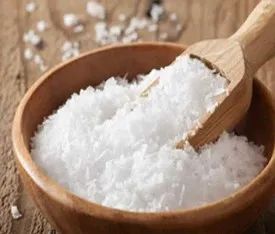

Today, with the development of technological level and policy support, my country's marine industry has developed rapidly. In 2020, my country's marine salt industry achieved an added value of 3.3 billion yuan throughout the year. Haiyan firmly occupied a place for edible salt. Inland, there is also a sky that is "difficult to go to the sky". The road is rugged and the business is difficult. How does our ancestors solve the salt problem? This time, let's talk about the gift of the people of the Shu land -well salt.
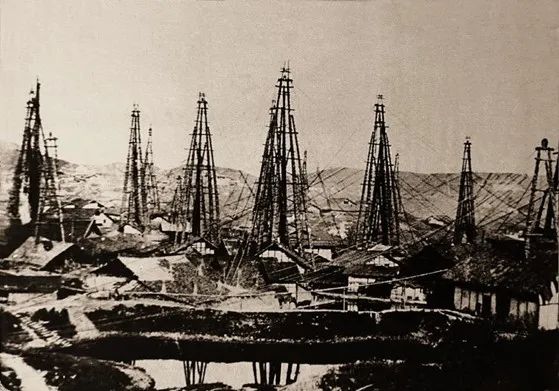
Zigong Yanjing
When it comes to Shu Di's well salt, it can't bypass a place -Zigong. About 200 million years ago, the Zigong area was in a period of conversion from sea and land. A large amount of salt, rock salt, and natural gas are buried here. It is a typical representative area of the Sichuan Basin's three -stack of rock salt and brine mines.
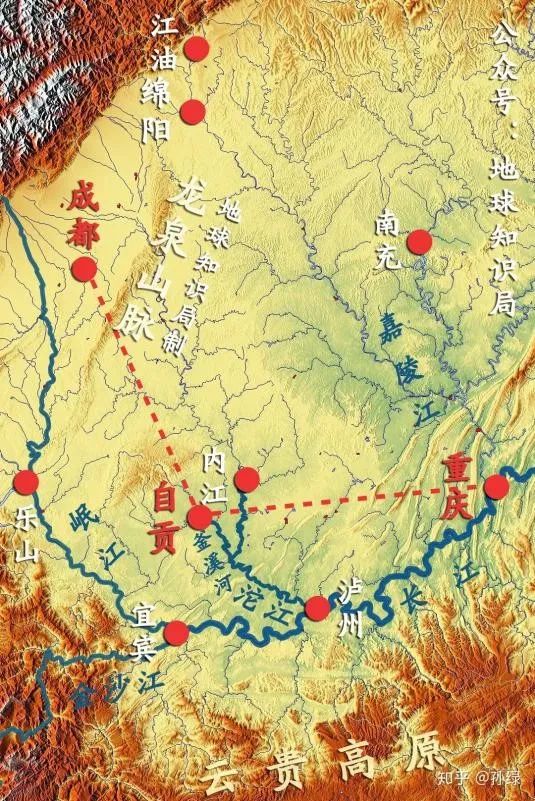
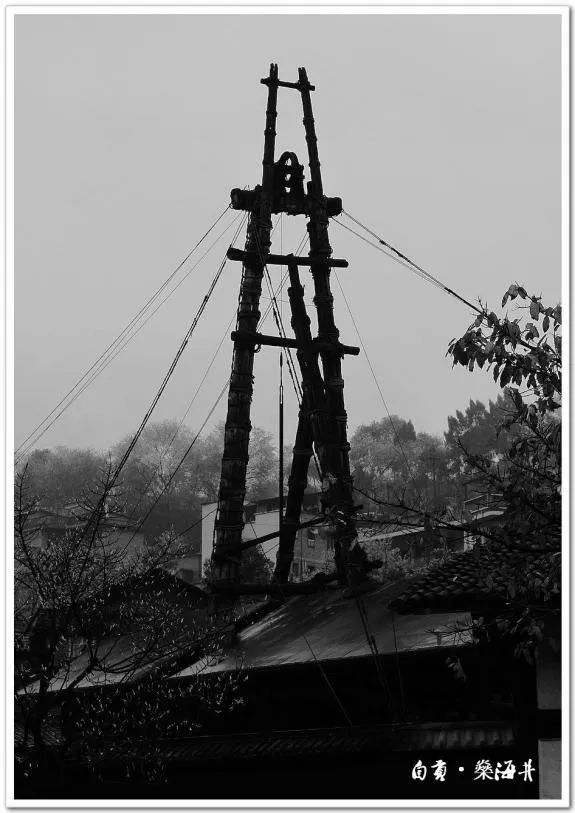
Classification of brine or salt brine, according to the buried site, there are two types of shallow brine and deep brine. The salt marinated minerals represented by Zigong are deep brine. Deep brine is generally in the depths of the formation and belongs to high -lyon groundwater. This type The brine is deeply buried and has the characteristics of highly closed. Its formation mainly determines the conditions of ancient geology, climate and ancient water, so deep brine is often accompanied by oil, gas, and rocky salt mines.
During the Early Two -Stack of 280 million years ago, the Hengduan Mountains on the southwest side of the Qinghai -Tibet Plateau and the southwest of the Sichuan Basin were the endless vast ocean. Communicating the ancient China Sea of the Atlantic and Pacific, known as the "Titis Sea". In the eastern section of Guttisha, its main body is roughly from Iran and northern Afghanistan. After the Karakon Mountains and Lancang Rivers, Tibet, China, the predecessor of the Sichuan Basin is located in this area.
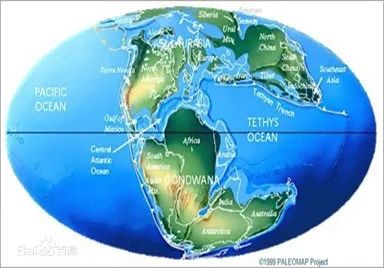
Tatis Sea
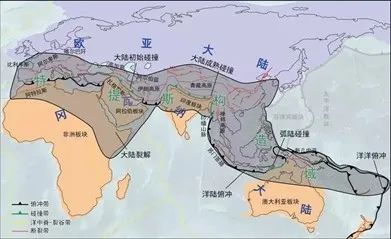
Titz constructor domain
During the late stack of the Permian, during the beginning of the new life of 65 million years ago, the two continents of the south and north of the earth began to split and drift to form a plate. The Titis shells began to be strongly squeezed. In the middle of the white cymbals, due to the Dato expansion and Indian blocks continued to drift north, the Titis began to shrink. The collision between the Indian sector and the Asia -Europe sector led to the severe crust structure movement, which caused all the Himalayas to expose the sea. The Titis Sea died, announcing the end of the ocean history of the entire plateau area. In the long period from the triple -out to Jurassic, the effects of sea retreats and sea invasion caused by many crustal movements made a large amount of salt and salted rocks deposited in the Sichuan basin.
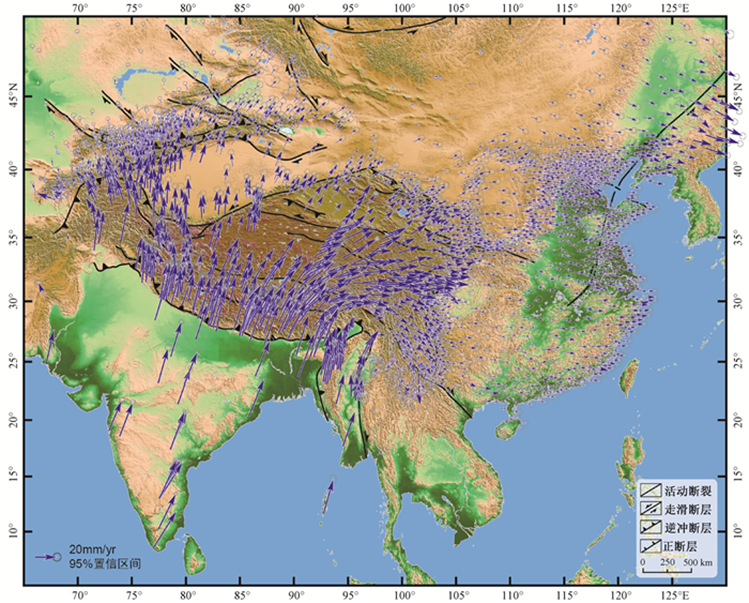
Squeezing position diagram of the sector
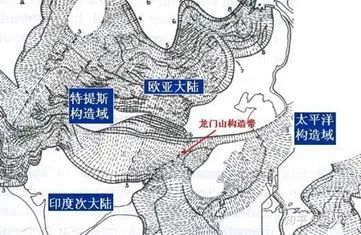
Sichuan Basin Longmen Mountain Construction Belt
Due to the complexity of the formation and geological environment, the cause of the brine of the Sichuan basin has no specific conclusion so far. According to the long -term research and discussion of my country's geologists, the cause of brine that is more recognized in the academic community at present is the main infiltration and deposition theory and deposition theory. Two types of causes.
1
Introduction
The brine is made of salt -containing strata, and the lower seepage is gathered. Because the surface water dissolves the salt -containing strata or mixes with other brine in the strata through the pores or cracks. The deeper, the greater the concentration and the greater the density. With the impact of the high temperature and high pressure of the ground underground, groundwater vaporization and deep brine are concentrated due to evaporation, which increases the mineralization of water And when the brine sinks to the dense strata, the brine is blocked here and starts to gather. When the brine accumulates and concentrates the saturation, and the holes and cracks in the strata will crystallize the solid salt rock.
2
Theory of deposits
It mainly refers to the groundwater that is formed by the different stages of the earth history and the sediment. Later, the groundwater was covered by a long -term deterioration of the water -proof water layer and was formed by the long -term deterioration. The evaporation and convergence of ancient sea water and ancient lakes can form brine.
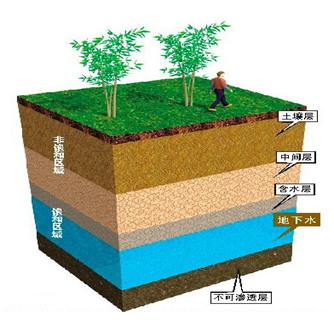

The Sichuan Basin's predecessor in the long geological evolution contains a large amount of salt -containing minerals, which provides a natural hotbed for the formation of yellow halogen, black halogen and salt rocks in Sichuan.
In the early three stacked world, the Sichuan Basin was a semi -closed sea basin, during which the strait was connected with the outside sea. Throughout the morning and middle three stackers, the basin experienced the invasion and exit of ancient seawater. At the same time, a large amount of salt -containing weathering that was transported by the ancient land surfaces around the surrounding area continued to be injected into the sea basin, forming a stars of salt lake. The climate of the medium and three stacks of the world is hot and dry. The strong evaporation effect has continuously condensed the seawater in the ancient salt lake, and the mineralization increases, forming ancient brine.

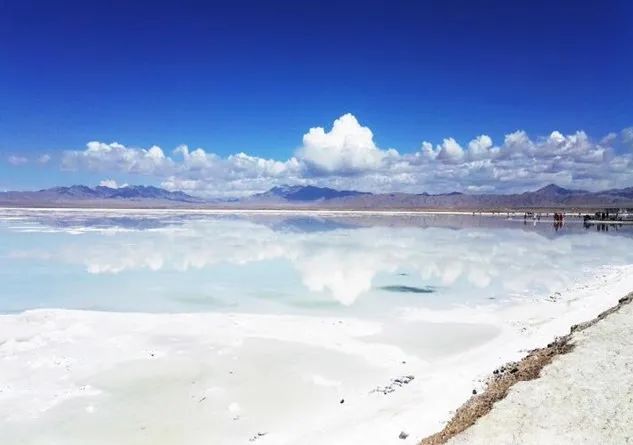
Long -term sea invasion and sea retreat and surface runoff not only brought a lot of salt to the Sichuan Basin, but also provided a large amount of land source debris. After the overlap in the evening, the Sichuan Basin has deposited more than 1000m of land source debris rock layers, thick ones, thick The Luyuan debris rock formation has formed a good closed layer, and the ancient brine can be concentrated and saved. At the same time, when the ancient brine was infiltrated into the underground, it was affected by high temperature and high pressure, brine due to dissolution and filtration, and underground evaporation effects.
At the end of the Baiji period, the large -scale Sichuan structure moved the basin of the basin, ending the history of deposits. The folds around the basin became a mountain, and the internal folds occurred. The huge structural movement not only caused the ancient brine to be hot and deteriorated, but continued to saline. And the folds formed by the uneven distribution of the constructor make the strata generate a lot, providing space for underground brine and rich collection, and finally the current deep brine mines in the Sichuan basin are formed. Geological Map of Sichuan Basin
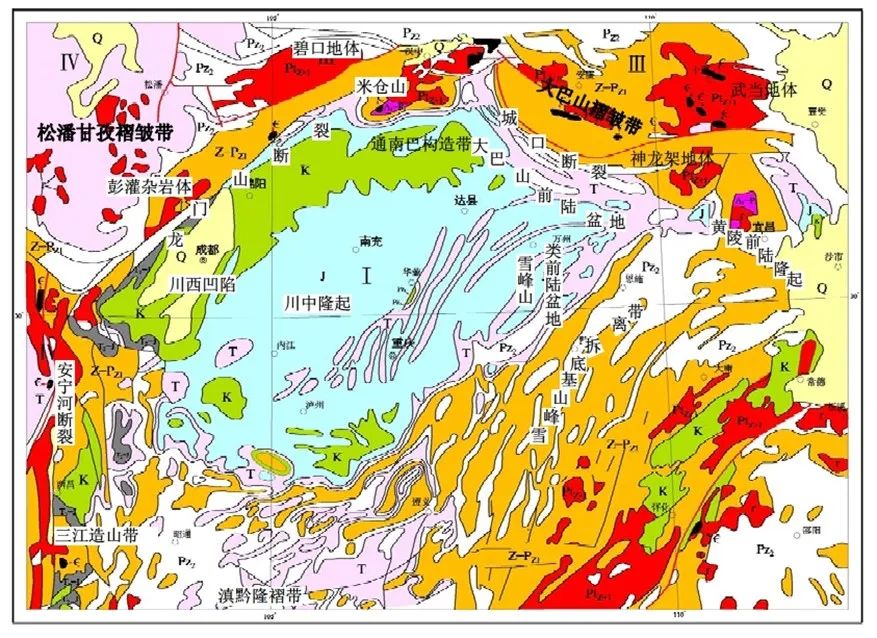
The Geological Structure Map of the Soutong Gong
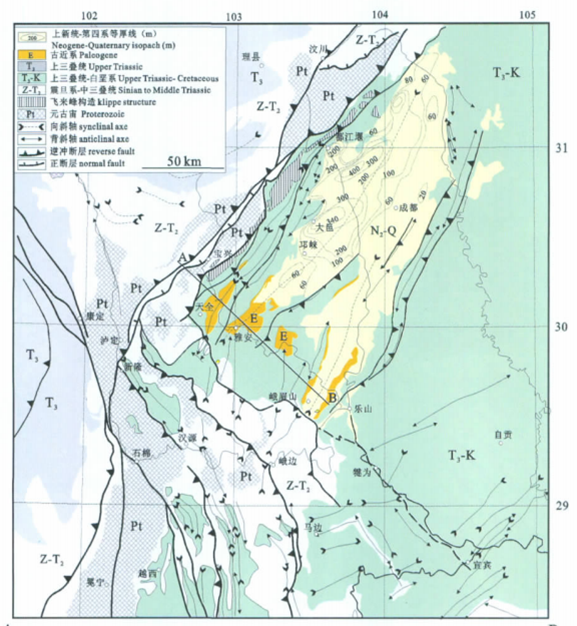
A "salt" thousands of years, the ancestors who lived in Zigong in 2000 finally discovered the treasure that "buried" here before 200 million. The rock formation, tireless pursuit of this scarce material, created the highest achievement of drilling at that time. The development and prosperity of the salt collection industry has nurtured Zigong City, promoted the economic development of ancient Sichuan regions, and contributed to the unique well salt culture in Zigong.
Zigong Salt Industry History Museum
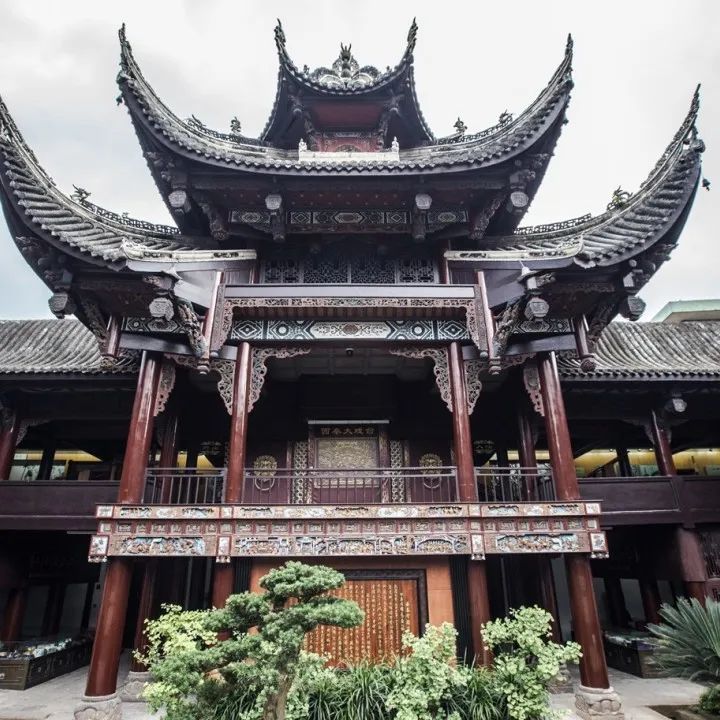
references
[1] Baidu Baico Tetis Sea.
https://baike.baidu.com/item/
[2] Shen Zhaoli Liu Guangya Yang Chengtian, etc. [M], Beijing: Science Press, 1985.
[3] Tan Xichou Li Chunyu. Introduction to Sichuan Salt Production [M], Geological Report, 1933, No. 22.
[4] Tan Xichou. Sichuan rocky salt and salt water minerals [J] Geological Review, 1936,1 (3).
[5] Review of Linkcheng. Sichuan halogen ore and rock salt formation [J]. Geological Review, 1936, 2 (4).
[6] Li Yueyan. Chuanyan Mine Bed Theory [J] Geological Review, 1940, 5 (6).
[7] Lin Yaoting, Pan Zunren. Study on the Classification of Basin Glores in Sichuan Basin [J]. Salt Lake Study, 2001, 9 (3).
[8] Li Zhongdong Miao Ziping. The Great Well-Zigongjing Salt Legend-Triggami World Geological Park Discovery (below) [J] Resources and living environment. 2014, (11): 20-26.
Writing: flat boat
Beauty editor:
Reprinted content only represents the author's point of view
Does not represent the position of the Institute of Physics of the Chinese Academy of Sciences
If you need to reprint, please contact the original public account
Source: Stone Popular Science Studio
Edit: Tibetan idiot
- END -
The theme song "Yin Yin Sang Zi Qing" in Wang Zhaozhuang Village, Qu Zhou County
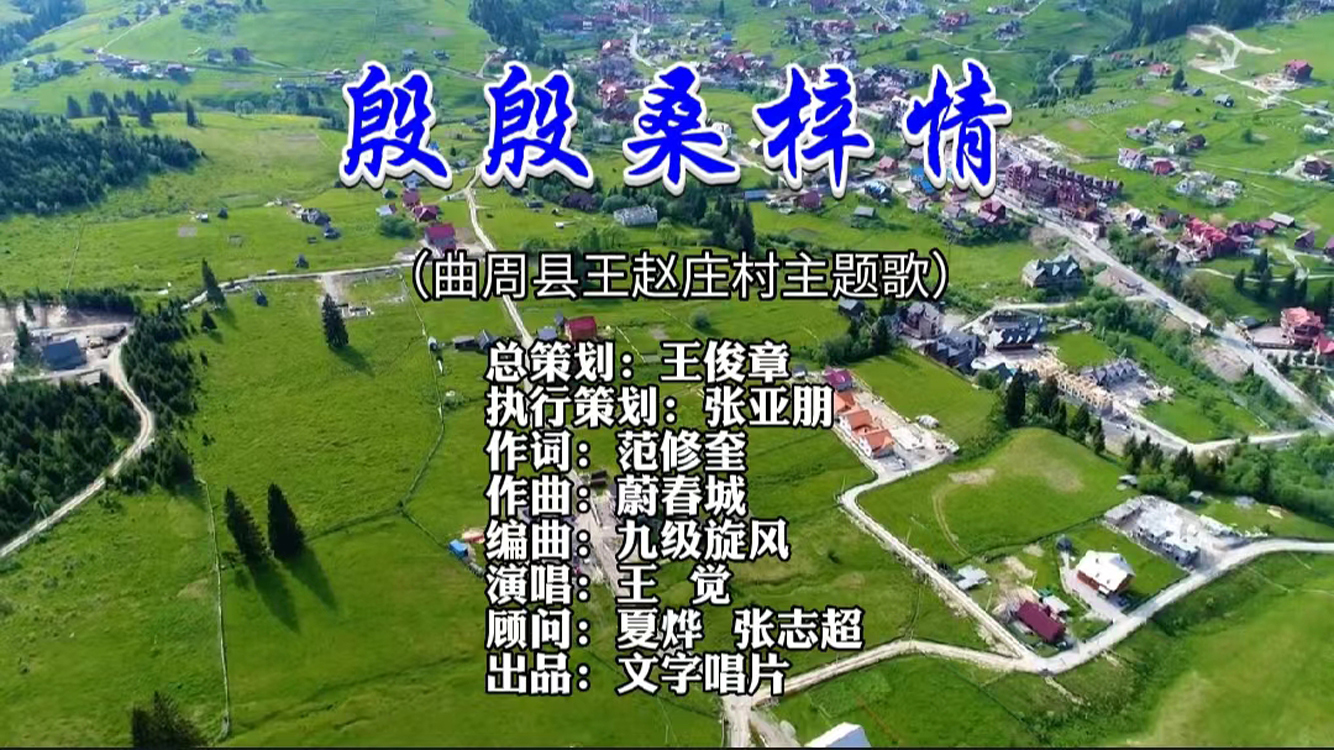
On July 9, the theme song Yin Yin Sangzi in Wang Zhaozhuang Village, Qu Zhou Count...
The Fuyang Cultural Museum organizes the training activities of soft ball ball fitness dance

From June 19th to 21st, the Fuyang Cultural Museum organized a soft-ball fitness d...